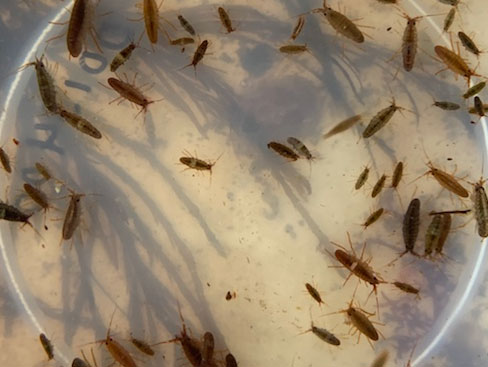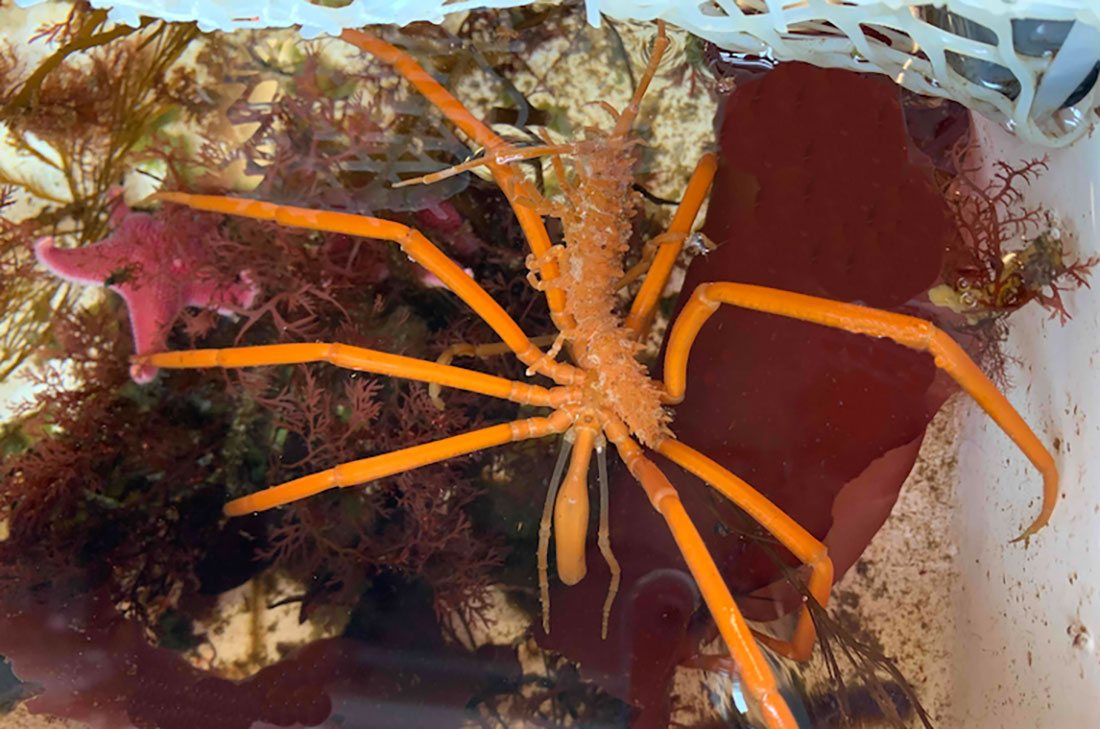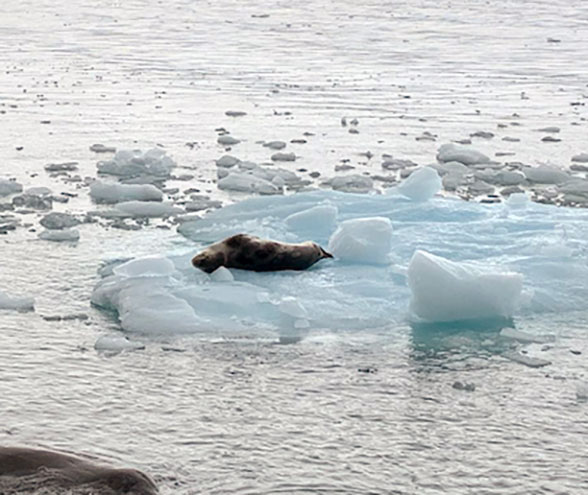In many of our previous blog posts we have written about the main subjects of our experiment, three wonderful amphipod species Prostebbingia gracilis, Gondogeneia antarctica, and Djerboa furcipes. For simplicity we call them P. gracilis, Gondo and Djerboa, resp. As Hannah mentioned in her blog post Getting Experimental, in one of our last season’s experiment, Djerboa were found to respond better to lower pHs than P. gracilis and Gondo. Our current experiment will hopefully help us better understand the reasons for those differences. Below is a group of Gondo sorted from the other amphipods. Hannah’s post also has a nice close-up of Gondo.

Although our amphipods are without question the most beautiful and majestic creatures to inhabit the Antarctic Peninsula, there are a many other animals we see around Palmer Station that are also interesting. And, lucky for us, a lot of our fellow researchers study them and we get to learn a little bit about other aspects of Antarctic wildlife when people present their research at our “Station Science Tuesday” talks. This year, we’ve had presentations about Antarctic whales, fishes, algae and krill from our very own Chuck and Maggie, and other station scientists. Getting to connect what I’ve witnessed firsthand in the field to these talks is really fun.
When we go diving, we sometimes bring up animals that aren’t the main purpose of the dive, either by accident or because they’re just interesting and we think people on station would appreciate being able to see them. We recently returned most of our ocean critters that we picked up over the last few weeks back to their homes, but, up to that point, our collection had grown quite impressive. In terms of arthropods other than amphipods, we picked up a huge orange sea spider or a pycnogonid, which we named Clementine, and a number of different species of isopods. In the picture below, one of our isopods, who we named Peanut, is taking Clementine for a ride. Maggie gives a more in-depth description of Peanut and our other non-amphipod friends in All Creatures Multi-Armed and Multi-Legged.

In the sorting table where we keep our by-catch, we also have several kinds of snails, most of which were picked up by accident because they like to hang onto the algae we gather. We see a couple different kinds of snails, but my favorites are small and have white shells, usually with a shiny blue or green patch right in the center. We’ll look closer at these snails in a later post.
Last but not least, there are a couple of different species of seals that we see regularly. As I noted in Dive Tending being able to identify them is important for me as a dive tender. If we happen across a leopard seal during a dive, we need to signal the divers to come back to the boat since they could get aggressive. Figuring out whether something is a seal or a rock is hard enough, but actually identifying one if they’re partially hidden under the water and I’m not looking at them at the best angle is much harder. Still, I’m slowly picking up on their unique characteristics that can help me tell the difference. Leopard seals tend to have very broad shoulders, a somewhat pointy nose (but not as pointy as a fur seal’s), and their namesake leopard pattern. They also behave differently from the other seals, preferring to move stealthily while other species are more playful.

This is only a tiny fraction of all the animal life I’ve seen around the station, and that’s also only a small portion of everything that lives on the Antarctic continent and in its surrounding waters. Almost every day I’m learning about an animal I’d only heard of before or didn’t even know existed, so although Antarctic biodiversity is fairly low, it feels like there’s no shortage of new animals to learn about.
Curious about other Antarctic wildlife or station life in general, send me a question or comment using the gray box in the upper right margin or email us